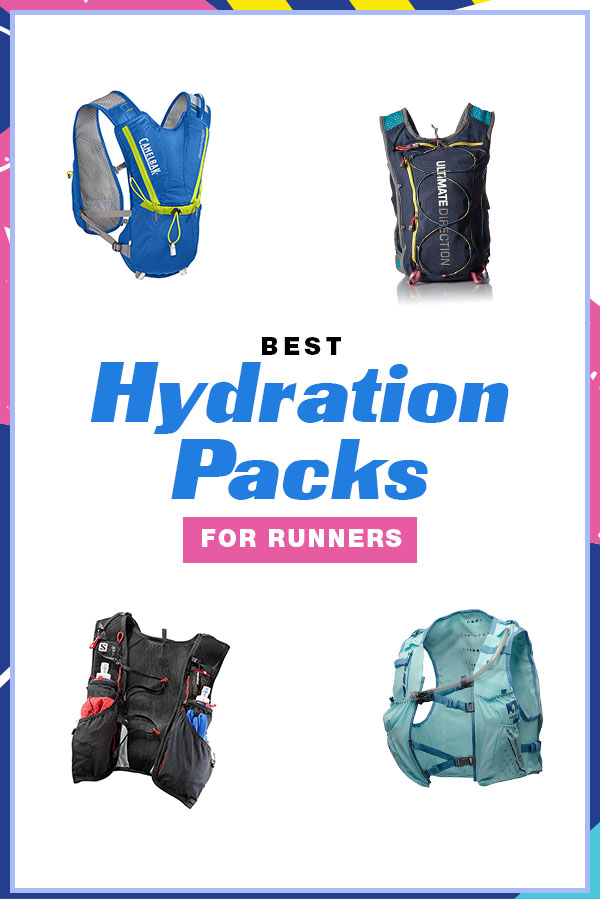Products are carefully selected and evaluated. If you buy through a link we may earn commission.
When it comes to running hydration there are plenty of options for carrying water, including my personal favorite the running hydration pack. Over the last 12+ years, I’ve tested an insane number of options AND gotten feedback from runners like you. Below is a detailed breakdown of different tested vests and the pro/cons of each from price point to hydration bladders.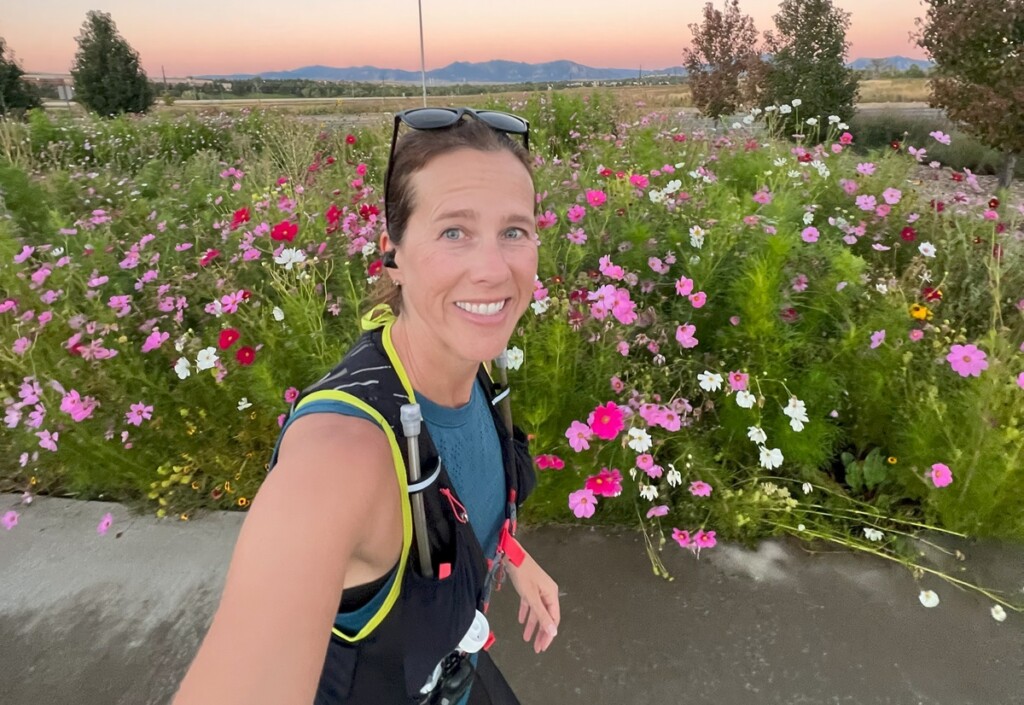
Whether you’re hitting the trails or racing hard on marathon, having the right hydration pack can make all the difference. In this comprehensive guide, we explore the top hydration packs and vests tailored specifically for runners.
From ultra-lightweight vests designed for minimalists to high-capacity packs for long-distance adventurers, we’ve curated a selection that combines comfort, functionality, and durability.
10 Best Running Hydration Packs
Over the years I’ve been lucky to test out a variety of running hydration vests. Some I have truly hated, others had the comfortable fit that made me realize it was a piece of gear I couldn’t do without.
But equally important has been the feedback I’ve received from the hundreds of athletes we coach every year and the thousands of you who respond on Instagram to questions! It’s allowed me to have more options for body size, usage and fit.
Features I Look For in a Good Running Hydration Pack
The best pack is going to be one that fits snug to your body so that it doesn’t bounce around, isn’t larger than you need for most runs and provides you with the pockets for quick access to things.
- I like a front pocket to put in a running flask with electrolytes (you can put them in a hydration bladder, but that’s more cleaning)
- A pack that’s not huge (in terms of storage) because we don’t need the same volume of water as someone doing a big hiking trip.
- Must have a pack that can be adjusted to fit tight to the body to prevent chafing.
- Adjustable straps so that it goes with me from summer to extra layers in the winter.
#1 My Go To Option for Pockets and Flasks – Nathan Pinnacle 4L ($174)
This is my new favorite, having finally switched from the Camelbak. I like being able to carry collapsible flasks with Tailwind in one and water in the other. The back of this isn’t padded, so there’s also less to make me sweaty.
Nathan is an incredible brand and is one of the biggest and most reputable ones when it comes to running hydration. Their Pinnacle is amongst the best on the market. It comes in two sizes: 4L and 12L.
The pack’s long fit ensures an even distribution of weight centered on the back for a more comfortable run. The 12 exterior pockets, including two water-resistant zip pockets at the front, make it incredibly easy to stash away important things.
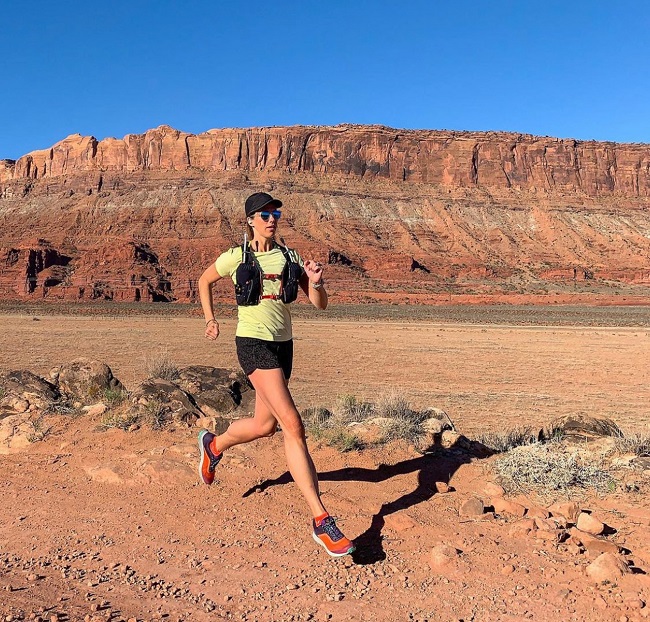
The material used is soft, stretchy, and prioritizes comfort and a bounce-free run. It’s known to slip on like T-shirt and feel comfortable even on longer runs. The tapered back also helps help encourage moisture to stay away from the skin.
The Pinnacle also comes with an insulated bladder that helps keep water cool on hot days. You can also stash away two additional 20-ounce soft flasks in the water-resistant chest straps on the front.
The vertical pocket is great for storing your trekking poles. With this pack, you’ll have plenty of space to store snacks, extra layers, etc. during a run.
Here’s why:
- I like that with two flasks I can carry water and an electrolyte
- I don’t have to clean out a bladder, but can 100% put one in for longer trail days
- It has an easy to reach phone pocket upfront
- Plenty of packs in the back for when I overdress or want to carry trekking poles
- It’s slim and works as a race vest
- Straws can be trimmed so they aren’t so long
I used this for our entire Moab trail adventure vacation and that sealed the deal, I’ll continue to use it. I also went with a small women’s size, which felt like a secure fit that doesn’t bounce around.
Bustier ladies, I don’t know that the straps on this would work well.
Sleek and Stylish – On Running Ultra Vest ($149)
Admit it, we care about our race day photos!! I’ve heard some of you say that’s why you don’t wear a vest. So let’s find a way to stay on top of nutrition and get that great photo.
Don’t let the name fool you, this isn’t just a super long trail runners vest. Available in 5L and 10L, you can decide how much hydration you want to carry vs use on course. I personally love being able to empty out a flask and then grab water on course, my brain tells me I’m getting lighter, ha!
Bungie cord adjustment across the front and sides does make this a Unisex item, but it comes in sizes from XXS to XL.
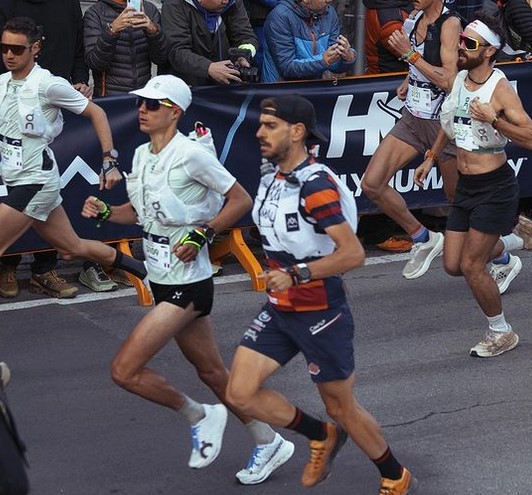
- Sleek but has deep back pockets so this works great in training too
- Available in white and black
- Stays put, no bouncing around
Low Cost Option with Pockets – Camelbak Circuit Hydration Vest ($83)
Ok they keep changing the model so it used to be closer to $60, but still decent. Mind you it’s supposed to be one size fits all. I used a similar style to this (again just model name changes) for like 6 years and really liked it.
Over the years, CamelBak has become synonymous with on-the-go hydration, and for a good reason! The recently updated Circuit is one of their most popular running bests and a great one to start off with.
With the CamelBak Circuit, you get a lightweight hydration vest that includes a reliable 1.5-liter reservoir. The vest also features a zippered cellphone pocket, the reservoir with a functional open and close valve, and two flask pockets for additional bottle storage.
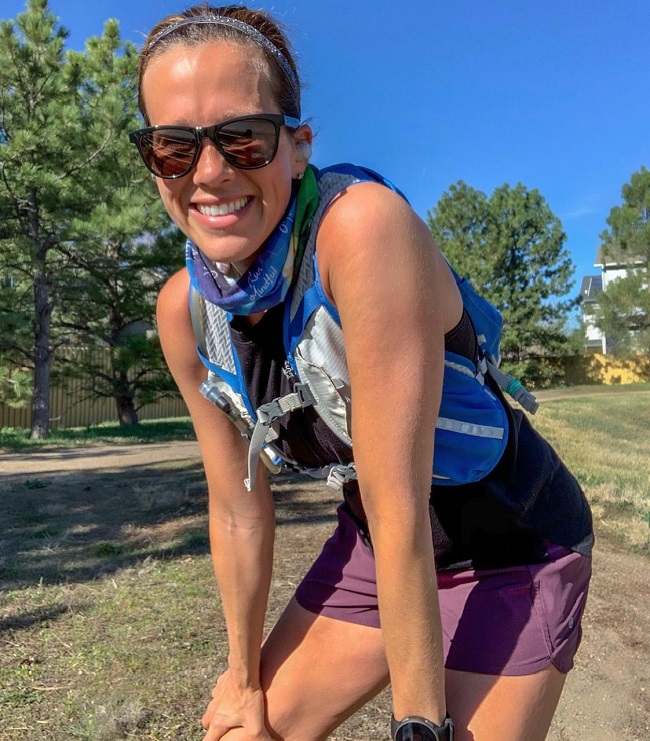
It’s made of a breathable mesh that keeps air flowing while you run and break a sweat.
I like that the pockets are in front so I can easily grab my phone and am not carrying more water than needed.
It tightens to fit close to my body. In fact, I don’t feel it moving and don’t hear water sloshing around, which oddly bothers me.
- I like having flasks to carry both water and electrolytes
- The back is not as thin as some so not ideal for very hot days
- Definitely holds more gear than some, so ideal if you may shed layers or just have extras to carry (keys, sunglasses, etc)
Best for Carrying a Lot (Layers, Poles, Etc) – Ultimate Direction Vesta ($111)
Ultimate Direction’s Adventure Vesta is built to accommodate everything you need for a long day on the trail. It includes enough space and pockets for snacks, hydration, layers, and even a few safety items.
You get a total of 6 pockets with the Vesta. The front stretchy mesh storage can store your phone, some snacks for fuel, and even valuables. The total storage for this vest comes to 10.3L.
The new Comfort Cinch technology on the Vesta provides a nice, custom fit with easy on-the-go adjustments. It includes 4-way stretch material in key places to move with you and stay nice and snug. With the sliding rail sternum and waist straps, you’re bound to find a good fit.
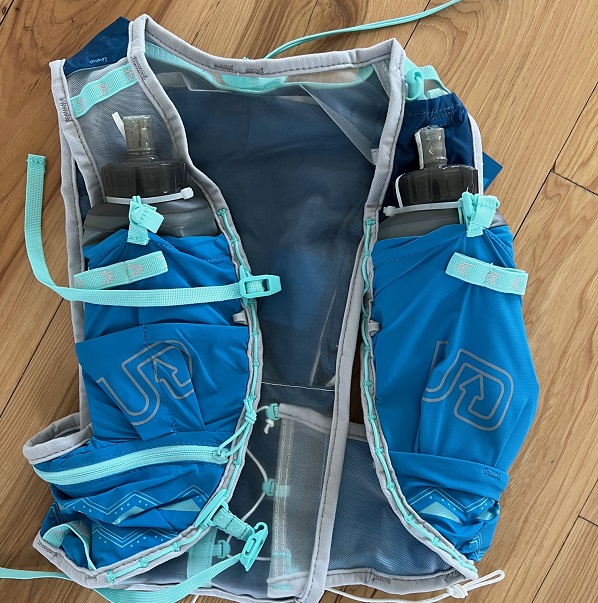
It even has a new, redesigned trekking pole holder for your next trail run. It minimizes bounce and snaps out of the way when you’re not using it.
I’ve also run with this pack and again, as I mentioned above, it has tons of pockets. But I didn’t like that I needed to buy the bladder separately.
However, it’s a favorite among many of my runner friends who want to be able to take off jackets or gear as the weather changes.
It has more room in the pack to carry things, which makes it ideal for more trail running days where you need extra fuel and the weather is often changing on you.
Best for Shorter Torso – Salomon Adv Skin 8L ($115)
There are a few varieties here and I tested out one of their packs during my training at 12,000 feet in Wyoming and so I can say for sure it stayed put!
It’s the ultimate hydration pack for women with narrower chests and shoulders. It Salomon Advanced Skin features a curved front and tapered 500ml soft flasks with straws. This allows for a better fit against your chest and eliminates pressure on the chest as well when cinched tight.
It can even hold an additional bladder, loads of gear, and even your cellphone, thanks to the many pouches and zippered pockets it has. You’ll also get multiple pole holder solutions for versatile options in attaching poles.
I’ve also heard from shorter runners that they felt this was super comfortable on their torso. And while I am a tall runner, I have a very short torso and would 100% agree that where some packs feel like they are hitting my shorts and thus rubbing, I never had that issue with Salomon.
This one also had great pocket access in the front, which some smaller packs don’t. I would also say this is an outstanding choice for just about anyone.
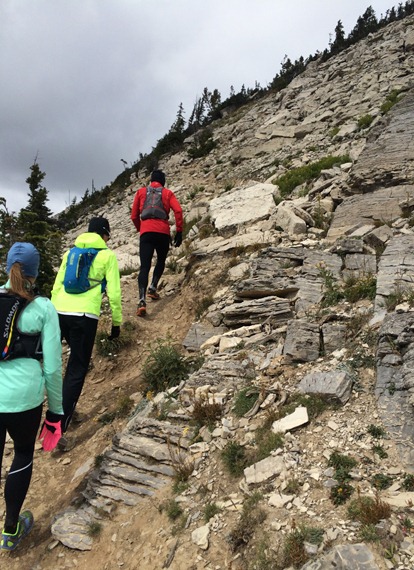
And while it used to be on the higher end of price now they are also right in line with everyone else.
If you don’t need a full bladder or it’s super hot this Salomon Agile is super cool.
Most Minimal Running Pack – Camelbak Classic Light ($75)
This is no frills, no pockets, just gimmie a bladder for my water and lets go. Its breathable mesh with large holes allows you to stay cooler and you’ll barely even notice the vest while wearing it!
The side pockets on this vest allow you to store food and other gear. You can even store your trekking pole in the back. It’s a great option if you’re going for a minimalist look and feel!
- Great if you aren’t using electrolytes (I hate cleaning the bladder and tube from those)
- Ideal if you don’t need to grab your phone while running
- Back could still feel warm
- Most ideal if you are fine walking or stopping to grab your fuel
Smallest Sizing Available – Nathan VaporHowe ($115)
One of the few vests that go down to an XXS, which is super important to ensure that you’re getting a good snug fit. In addition, we don’t want these bouncing around on us. Another one with easy front pockets and also 2 straps for best fit.
It’s lightweight with a 1.8L bladder and is specifically designed with the female form in mind. It’s form-fitting without being uncomfortable.

It has pockets all over for quick access to essentials, and it includes pockets inside other pockets! The weather-resistant chest pockets in the front of the vest are great for storing your cellphone and keys.
Best for PR Race Day –UltraApsire Basham Race Vest
If you don’t need to carry a lot of liquid nutrition, you just want to be able to hold your phone, your gels and your keys then this is a absolutely winning choice.
You’ll note that you can put a bottle in the back, so you absolutely have water with you. But as long as that’s not something you will pull out frequently in the race this is a super thin and light Vest.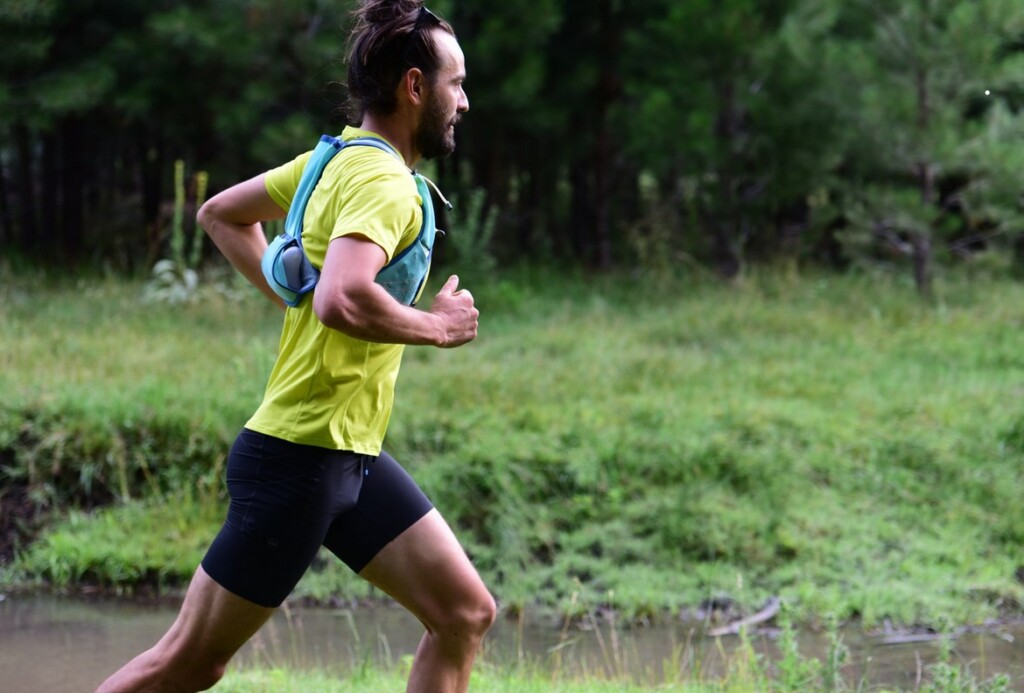
- One size fits all adjustment with toggles
- You probably won’t easily be whipping out your phone or grabbing a drink
- Super, super light
- Bottle is only .5 liters of water
- Narrow strap design to prevent strain on shoulders
Best Small Capacity – Osprey Duro/Dyna ($110)
The 1.5-liter low-volume race-ready packs, the Osprey Duro 1.5 and Osprey Dyna 1.5, contain everything you need for a quick and light day of running.
The included 1.5-liter hydration reservoir fits in a zippered compartment in the back. Plus, there are two large stretch pockets on the front that can hold food, small items, or Osprey’s 500ml or 360ml soft flasks, which are sold separately and increase the pack’s hydration capacity.
Although there is an outside bungee cinch cord to carry a jacket or extra layer, it’s important to note that the back pocket can’t accommodate additional gear when the hydration bladder is in use.
The storage capacity is completed with a smaller front zip pocket and two stretch pockets under the arms for small items like a buff, hat, or gloves.
The rear hydration bladder pocket has a diagonal zipper opening that only allows the tubing to go over the right shoulder, which is something to consider if you prefer it on the left.
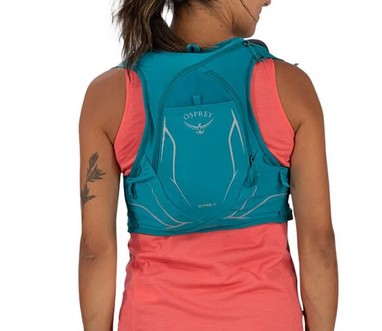
Instead of having a buckle in the middle, the sternum strap is held in place by plastic snaps that clip on each of the shoulder straps. This makes it simple to move the shoulder straps to a position that is comfortable for you.
If you have broad shoulders or arms, it is recommended that you order a size bigger from what you normally wear since this pack tends to run on the small side when it comes to the arm holes.
The material is slightly thicker and heavier than some of the other packs on th elist, but it is still quite breathable and durable.
Plus, this pack has a safety whistle on the front and a spot to attach trekking poles when you’re not using them. It has a lot of thoughtful details for a small pack and can hold as much water as many larger packs.
Best for Staying Visible – Nathan Laser Light Vest ($110)
This innovative hydration pack boasts Light Up Thread technology on the back, offering a maximum output of 6 lumens to enhance visibility during nighttime or low-light conditions. I FREAKING love that we are combining multiple things in one so you don’t have to remember your lights, they are just built in.
However, I would still use a front blinker. I keep mine clipped on so I don’t have to remember it.
Equipped with a 1.5L bladder, it ensures hands-free access to liquids, providing a vital energy source to fuel your run or hike without interruption, even in dimly lit environments. The front pockets also work for 22 oz flasks if you’d rather use those than a bladder or all together.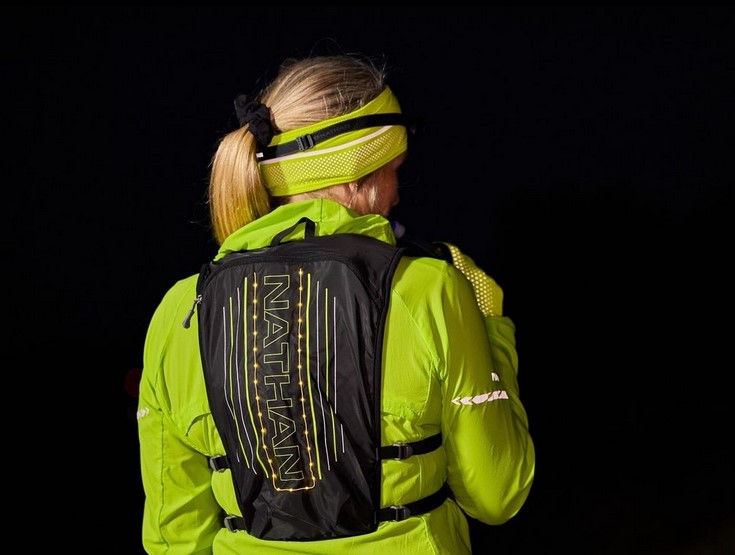
There is a handy front storage compartment for your phone, a well-designed compression system for comfort and aerodynamic performance, and breathable mesh paneling for ventilation to keep you from overheating.
If you don’t want to deal with lights and just want the reflective to be taken up a notch, checkout the Hypernight.
Do You Need a Hydration Running Pack?
No, it’s not a must.
I spent decades not running with one. However, now I can’t imagine running without it.
As noted we know holding something in your hand can alter your arm swing which is a big problem for running form. And I also like having quick access to water, my phone and a just in case granola bar when I’m doing 2 hour runs.
When Should You Wear a Hydration Pack?
A hydration pack can help you stay hydrated when jogging or exercising. Water bottles are not always easily accessible while running. As a result, using a hydration pack allows you to get to water quickly without interrupting your workout.
When running for extended periods of time, it’s a good idea to use a hydration pack. As a rule of thumb, we should drink 8 ounces of water every 20 minutes when running.
A hydration pack can be a crucial way to stay safe and hydrated if you are jogging for 30 minutes or more, especially in hot or dry conditions.
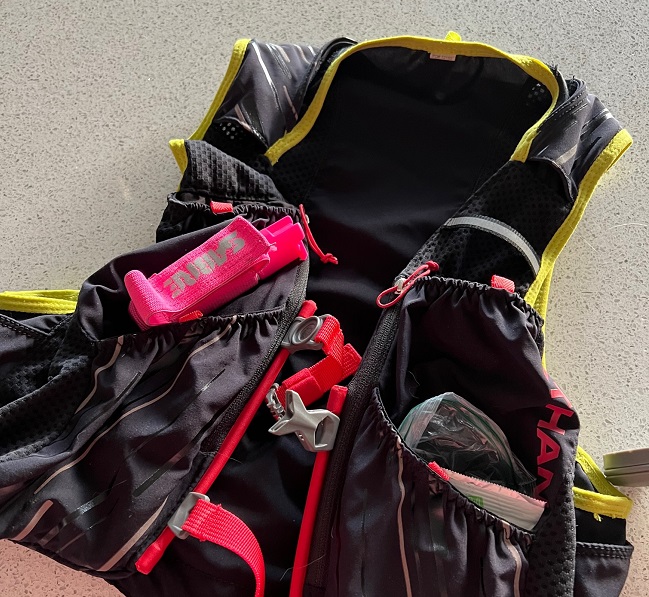
Will a Hydration Pack Change My Running Form?
Wearing a well-fitted hydration pack should not alter your running form, but it will take some getting used to. The main issue is learning to keep your shoulders relaxed during the run, which overworks your upper traps and leads to neck pain.
You’ll have a tendency to shrug until you get used to feeling something sitting on you. But the weight should never be enough to alter your form.
Hydration packs constructed of elastic and stretchy fabrics hug the body and keep the entire pack from bouncing around while you run.
Hydration Pack vs Vest?
Everything listed here could be referred to as either a hydration pack or a hydration vest.
When you start getting in to larger sizes, a hydration pack is often considered a backpack. It’s designed to carry gear for camping and a lot more food. That could become necessary for multi-day stage races, but it’s not what we’re looking at in terms of most marathon and trail running.
How Much Gear Capacity Do I Need in a Running Hydration Pack or Vest?
You can figure out how much capacity you’ll need in your running hydration vest based on the distance you plan on running. Any decent hydration vest will have plenty of room for drinks, snacks, and extra layers.
For runs lasting less than two hours, the Pinnacle with a couple of flasks is a great option with additional room to store small gear, snacks, and sunscreen.
For a longer run lasting up to three hours, you might want a little more capacity. In such a case, the Salomon Advanced Skin Series has a few great options to choose from. Pick anything from a Adv Skin 5 to Adv Skin 8 depending on how much gear you want to store.
For runs lasting longer than six hours, a rest with 4 to 12 liters of storage is ideal. The Nathan Pinnacle 4L or 12L are two great options to choose from!
How Can I Tell If My Running Hydration Pack Fits Well?
Look for a snug fit that prevents chafing and bouncing while you run. To measure your size for a hydration pack, dress as you would for a run and measure the diameter of your torso. This would be below your bust and/or at the top of your ribcage.
You can then read the brand’s guidelines to find the appropriate size for your measurements.
Which Hydration Pack Features Do I Need?
It all comes down to the sort of runner you are and the types of runs you prefer doing. You might also want different types of packs for different types of runs, depending on how long you run and what you’d want to store.
An everyday solo runner might like add-ons like an emergency whistle for safety, while a marathon runner might be looking for that additional capacity. If you trek regularly, trekking pole keepers are an additional feature to consider.
Do Marathon Runners Wear Hydration Packs?
Sometimes. As much as I love having my hydration pack in training, I actually love to shed it on race day and feel lighter.
What I will then do is carry a bottle with my electrolytes for the first half. In fact, I have some leggings with pockets where I can shove that bottle. Then toss it at an aid station and switch to water.
There is NO REAL RUNNER RULE prohibiting you from wearing one. So if it’s a hot race, if you have a super sensitive stomach and know what works for you, then wear it!
***NOTE sometimes there are rules! Like the Chicago Marathon or other large marathons that prohibit them for safety reasons.
How to Choose a Hydration Pack for Running
Choosing the right hydration pack for running means figuring out what your typical run looks like. Do you run long distances? Do you want to use your hydration pack while trekking as well? Are you picking one for your next race?
If you only run a few miles per week, a recreational vest will do. If you want to race, you should go for something more technical and performance-oriented. A hydration pack may be used for day hikes, runs, and even overnight trips, making it a great option for those who value portability and versatility.
Consider the following factors while answering these questions to figure out which of the hydration packs mentioned above is the best one for you.
Bottles vs Reservoirs
Water can be carried in a number of various ways, depending on the sort of hydration pack or running vest you choose. How much water you want to bring with you depends on how far you’re going.
For a run lasting 1 to 2 hours, you will likely only need 1 liter of water. I n contrast, if you are out all day, you may need up to 3 to 4 liters of water. Most running vests can carry up to 3 liters of water, which includes a 2 liter reservoir and two 500ml flasks.
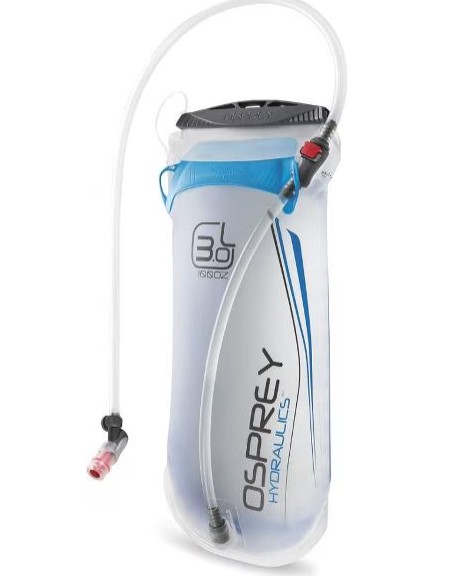
The majority of running vests and hydration packs have space in the back for a hydration reservoir. This looks like a pocket or sleeve where you could put a reservoir. The best options have a method to keep the reservoir from slipping down into the sleeve while you’re drinking.
Some of the options on this list have reservoirs, while others do not. That is something to think about before making a purchase. Consider the reservoir’s size as well. A 1 to 2 L reservoir can fit in most running vests and packs.
Some running vests have flask compartments on the front. When selecting a running vest, keep in mind that many of them also have flasks. Flasks should be placed so you can drink while running, which is essential for any type of running hydration.
Moreover, flasks may weigh less than reservoirs. Unfortunately, some tend to slip down or are difficult to reach without a lot of effort when running. Look for elastics that will keep flasks in place even when they are partially empty.
Many runners favor one method of hydrating over another, while others use both. Whichever method you use to hydrate, make sure you bring enough water for your run.
Total Capacity for Water and Gear
The storage capacity of running vests and hydration packs ranges between 2 and 20 liters. It normally specifies the size of the main compartment, but many have other pockets and features for storing gear.
Remember we generally want to drink between 4-6 oz of water per hour while running.
Plus, consider what you might want to bring on most runs and choose a pack or vest that can accommodate that amount of gear.
If you’re going for a long run and believe you’ll be shedding some layers, the extra capacity featured in some of these packs might come in handy. On the other hand, if you’re only going for a short run, a lightweight vest with limited capacity might be the way to go.
Another thing to consider when figuring out how much water you need, think about whether you will be able to refill it and if that’s even feasible. How many aid stations are there if you’re running a race? How far apart are they from one another?
It’s not worth bringing more water than you need because it’ll just weigh you down but refilling the water can also take a while which might not be what you want if you’re aiming for a PR during a race.
Finding the Right Fit
Fit is very important for all gear, but especially for a running vest. While buying online, take the time to measure yourself and consult sizing charts.
Running vests should be snug and not move around at all. You want it to feel less like a backpack and more like a piece of clothing. When you run, you shouldn’t be able to feel it move.
To measure your size for a hydration pack, dress as you would for a run and measure the diameter of your torso. Then check the manufacturer’s details on the sizes to find the right fit.
For women, consider your length and torso circumference but also take your bust size into account when picking a hydration pack.
Breathability
When you’re out running, it’s necessary to wear and use breathable gear and clothing. Particularly during the colder months or in colder places, staying dry or drying quickly might be the difference between comfort and hypothermia. In the summer, it might mean the difference between a sluggish run and a run that makes you feel good.
Most running vests are made from materials that are quick-drying or sweat wicking. Mesh fabrics can allow heat to escape and keep you cool or feature ventilation to keep you cool while moving.
BUT of course the bigger the pack, if you’re using a bladder, etc can all add to the weight and feeling of a pack being less breathable.
Comfort
The best running vest doesn’t get in the way while you’re running. While trying on running vests, add some weight such as water and gear to them and run or bounce up and down to simulate running.
See if you notice your running vest a lot when running. This can potentially distract or worse chafe you in a long run.
Like any other piece of clothing or piece of gear, the best running vest is one that fits your body and meets your needs. There is no single ‘most comfortable’ vest, as what suits one runner may not fit another properly. may not fit your body.
Other Features
Depending on your running plan, look out for reflective materials, extra pockets, water-resistant pockets for electronics, and easy-to-use trekking pole keepers.
Zippered pockets: Front zippered pockets are excellent for phones to keep them from falling out of stretch pockets. Plus, look for water-resistant pockets for electronics if you plan on running when it rains.
Stretchy pockets: Stretchy pockets are great because they don’t take up space when you don’t need them to. Stretch pockets let you store more than would normally fit and prevent stuff from falling out even when the pocket isn’t closed.
Compression straps: Bungee cords allow you to carry additional supplies on your pack or vest. If you need to strip off a layer or bring them just in case, these outer cords extend the space of your pack.
Trekking pole attachments: For trail runners, it’s ideal to be able to store your poles when not needed. Many packs have specific pockets or cords making them easier to carry.
Reflective materials: Safety, visibility, and signaling are also important features to consider when looking for a running vest or pack. If you plan to run in low-light conditions or at night, having some reflective material on your running vest can increase your safety. Look for materials with reflective patches that will catch the light of cars and other people out while you run.
Looking for more on running hydration?
Other ways to connect with Amanda
Instagram Daily Fun: RunToTheFinish
Facebook Community Chatter: RunToTheFinish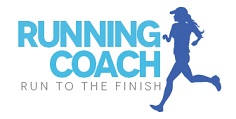
Sign Up to Receive a Weekly Newsletter with Top Running Tips and Laughs
